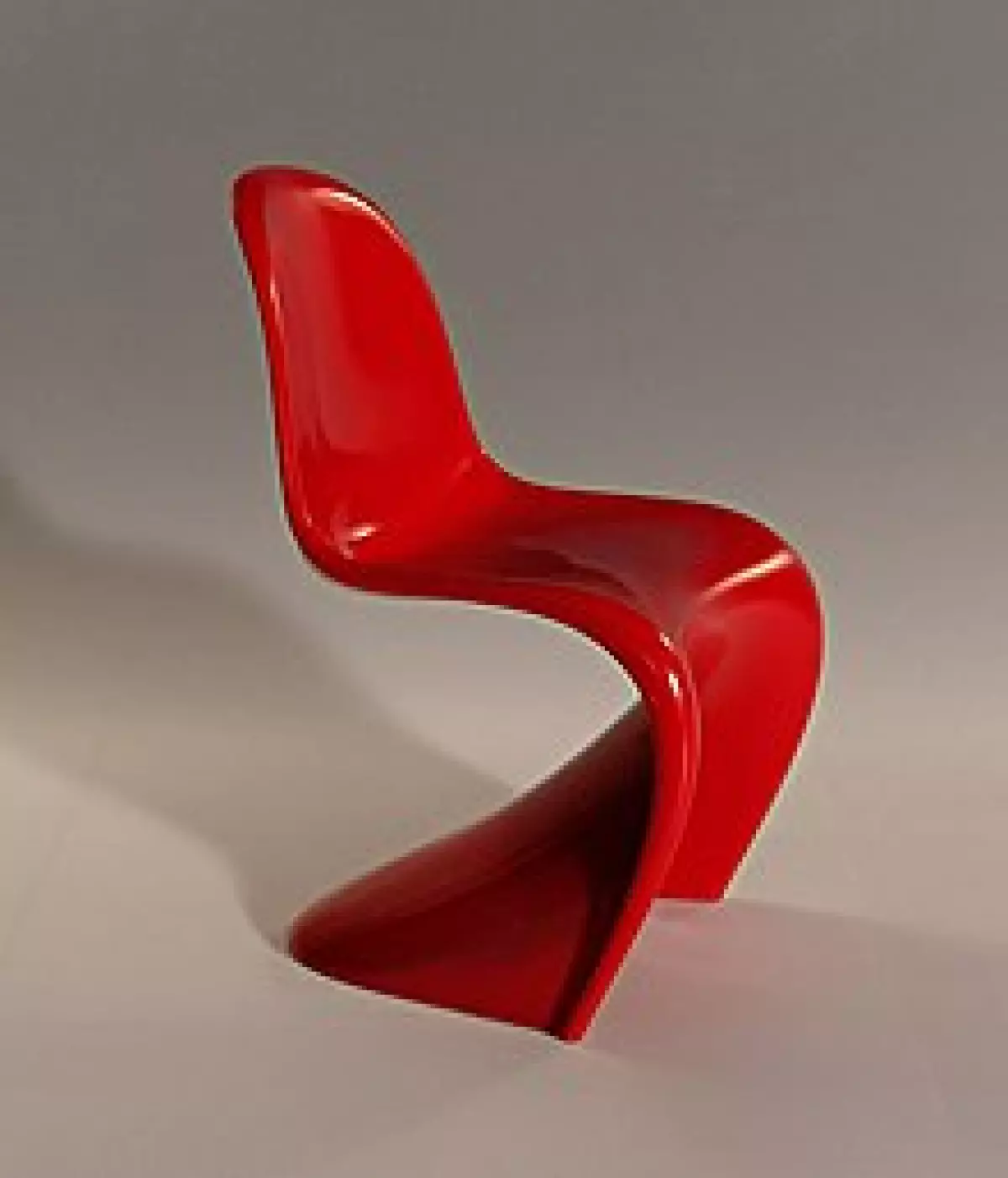 The Panton Chair, the world's first molded plastic chair, is a stunning creation by Danish designer Verner Panton. With its S-shaped design, it has become a true icon of modernist design. Let's take a closer look at the history, exotic appeal, and museum collections of this timeless piece.
The Panton Chair, the world's first molded plastic chair, is a stunning creation by Danish designer Verner Panton. With its S-shaped design, it has become a true icon of modernist design. Let's take a closer look at the history, exotic appeal, and museum collections of this timeless piece.
A Chair Ahead of Its Time
The idea of a stackable plastic chair was first envisioned by German architect Ludwig Mies van der Rohe before the Second World War. Inspired by neatly stacked plastic buckets, Verner Panton also dreamt of creating a cantilevered plastic chair in one piece. In 1965, his vision became a reality with the introduction of the S Chair, a precursor to the Panton Chair.
Panton meticulously sketched and designed the chair in the 1950s. With the help of Dansk Akrylteknik, he created the first model, a plaster cast. It wasn't until he collaborated with furniture manufacturer Vitra and produced a cold-pressed model using polyester strengthened with fiberglass that the Panton Chair truly took shape. This revolutionary chair was designed as a free-swinger, without any legs.
From Innovation to Icon
In 1968, serial production of the final version of the Panton Chair began, and it was sold by the Herman Miller Furniture Company. This version utilized Baydur, a high-resilience polyurethane foam, and was available in various colors. However, due to durability issues with polystyrene, production was temporarily halted in 1979.
Four years later, the chair made a comeback as the Panton Chair Classic, this time manufactured in polyurethane structural foam, which was more expensive but offered greater longevity. Finally, in 1999, Vitra introduced the Panton Plastic Chair, made from polypropylene and available in a range of vibrant colors.
Exotic Allure
The Panton Chair's sleek and curvaceous design perfectly embodied the aesthetic of the 1960s "Space Age" and became synonymous with the Pop Art movement. Its debut in the Danish design journal Mobilia in 1967 caused a sensation. The chair even made memorable appearances in magazines like Nova and Vogue, capturing the imagination of the fashion world.
The enduring popularity of the Panton Chair has led to its reinterpretation in various materials. From rattan to bamboo and even banana leaf, designers have embraced the chair's distinctive S shape to create exotic versions that add a touch of luxury to any space.
Celebrated in Museums Worldwide
The Panton Chair's status as a design icon is evident in its inclusion in prestigious museum collections around the world. Institutions like New York's Museum of Modern Art, London's Design Museum, Berlin's German Historical Museum, and Copenhagen's Danish Museum of Art & Design consider it a vital part of their permanent exhibits.
Conclusion
The Panton Chair, with its groundbreaking design and timeless appeal, remains a symbol of Danish design excellence. From its humble beginnings as a stackable plastic chair concept, it has evolved into a celebrated masterpiece that graces the halls of renowned museums and captivates design enthusiasts worldwide. Whether in its original form or reimagined in exotic materials, the Panton Chair continues to enchant and inspire generations to come.
References:
- [^1^] Danish Culture Canon
- [^2^] Verner Panton
- [^3^] S Chair
- [^4^] Vitra
- [^5^] Herman Miller Furniture Company
- [^6^] Mobilia
- [^7^] Nova Magazine
- [^8^] Vogue
- [^9^] Pop Art
- [^10^] Museum of Modern Art (MoMA)
- [^11^] Design Museum
- [^12^] German Historical Museum
- [^13^] Danish Museum of Art & Design












